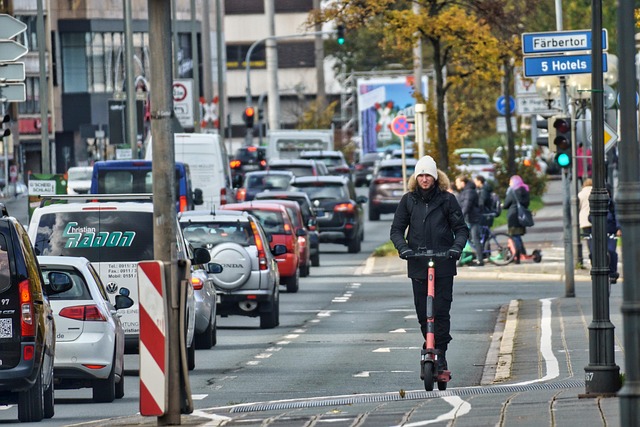Driving Towards Sustainability: Green Architectural Solutions for Rural Mobility
As our world grapples with the ever-pressing issue of climate change, the importance of sustainable transport solutions has never been more profound. Rural areas, often overlooked in conventional urban planning, face unique challenges when it comes to mobility. In response, visionary thinkers are turning to green architectural solutions that prioritize both environmental sustainability and the needs of rural communities.
Transport Sustainability in Rural Areas
Transport sustainability isn’t just a buzzword; it’s a necessity that dictates the future of our landscapes. In rural settings, where public transport options may be limited, finding green alternatives is essential. Imagine hopping onto a solar-powered shuttle that not only connects villages but also reduces carbon footprints, or utilizing electric bikes stationed at communal hubs that promote eco-friendly travel. These solutions incorporate natural landscapes while offering residents and visitors alike the chance to experience their surroundings responsibly.
The Role of Green Architectural Solutions
Green architectural solutions can redefine rural mobility with innovative designs that align with sustainability goals. By integrating eco-friendly materials and energy-efficient practices in transportation infrastructures, we can create a framework that supports communal engagement and diminishes environmental impacts. For instance, incorporating green roofs on bus stations not only promotes local biodiversity but also serves as a functional space for rainwater harvesting that can sustain public transport facilities.
Incorporating local resources and talent into the planning and development processes engages the community and fosters a sense of ownership. The embedding of renewable energy sources, like wind and solar, in transport design encourages smarter energy consumption while providing reliable power for electric vehicles and charging stations scattered across rural routes.
Promoting Rural Development
Boosting rural mobility through green architecture is about more than just transportation; it’s about revitalizing entire communities. Well-planned transport networks can decrease isolation, facilitating easier access to education, employment, and essential services, thereby lifting the overall quality of life. When rural residents can move freely and efficiently, it opens doors for economic growth and social cohesion.
Furthermore, promoting local tourism through sustainable transportation solutions enables communities to showcase their unique offerings without compromising their natural environment. Initiatives such as bike trails woven through picturesque landscapes can attract eco-conscious travelers, generating income for small businesses while maintaining ecological integrity.
Engaging the Community
For any green architectural solution to be effective, community engagement is key. Organizing workshops and forums where rural inhabitants can voice their concerns and aspirations ensures that proposed solutions are appropriate and beneficial. This collaboration not only enhances community ties but also fosters a shared sense of responsibility toward a sustainable future.
In exploring these avenues, we find that the intersection of transport sustainability and rural development can pave a pathway towards a more sustainable and inclusive future. As we drive forward, embracing green architectural solutions can turn our landscapes into models of sustainable mobility that others can follow.



